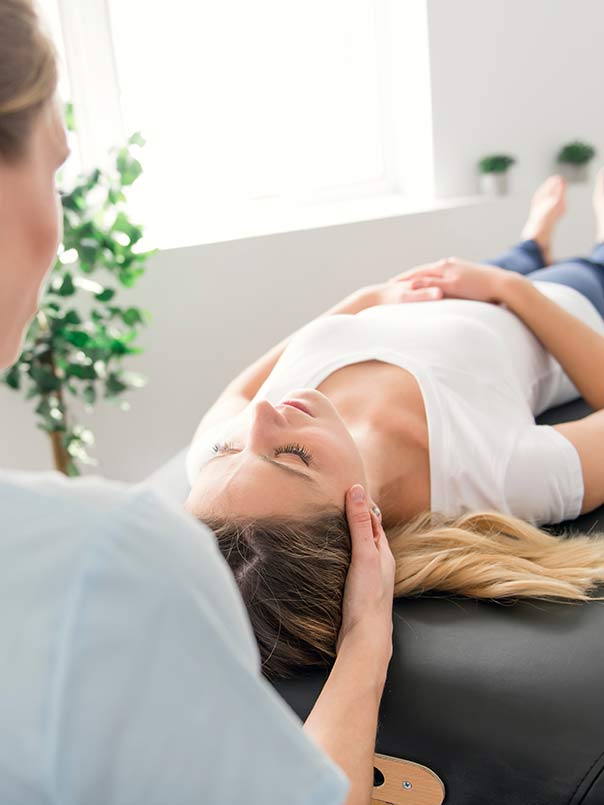Platelet Rich Plasma therapy also commonly referred to as (PRP) is one of the evolving interventions in a new field in healthcare known as “regenerative medicine”. Other interventions you may have heard of in this field include stem cell therapy, gene editing, or cellular reprogramming. Although PRP has been available for several years it is only recently researchers are finally learning about its effectiveness and appropriateness for treating certain conditions.
How Does PRP Work?
Well … researchers and clinicians alike are continuing to try and refine this technique to answer this question. The process involves taking an amount of your own blood and placing it in a special laboratory machine called a centrifuge. In this way, your body’s own platelets are isolated, collected, and then injected back into you in the problematic area. This might be into a joint such as an arthritic knee or a muscle or tendon that has been resistant to healing on its own. Platelets possess many different types of compounds that stimulate healing. These are referred to as growth factors. So essentially what is happening in your injured tissue is being populated with a large amount of your body’s own healing agents specifically at the site of concern. The goal, of course, is to reduce your discomfort and promote faster and more complete healing of the injury. More than one injection is typically required and your PRP team will follow a recommended protocol.
Can I have PRP done at the same time as I have physiotherapy?
Certainly. PRP treatment, however, is done by physicians and does require special equipment. There are several clinics and offices in Calgary offering PRP. Currently, this treatment intervention is not covered by Alberta Health Services so there will be a cost to you for this therapy. Continuing with your physiotherapy and rehabilitation program would be recommended and any specific modifications needed can be communicated amongst the care team.
What conditions is PRP used to treat?
Presently there is a vast amount of ongoing research into refining the technique itself with respect to selecting the correct mixture of growth factors as well as matching these to certain conditions. Further research is required to clarify further what is most appropriate for PRP. While there has been promising evidence for using PRP its efficacy and effectiveness have produced mixed results. What has been said however is that it has been established as being a safe technique? Current research is supportive of the use of PRP in conditions such as; tennis elbow (lateral epicondylitis), OA (osteoarthritis) of the knee, patellar tendinopathy and patellar grafts. The general consensus presently is more research is needed for conditions such as; rotator cuff tendonitis, high ankle sprains, and OA of the hip in order to give PRP a green light. Finally, the research already done does not support the use of PRP for Achilles tendonitis, ACL ligament reconstruction, fractures, muscle injuries, Achilles surgical repair, and rotator cuff surgeries.
Written by Scott Sherman April 2019 – Physiotherapist/Clinic Director Trico Centre





